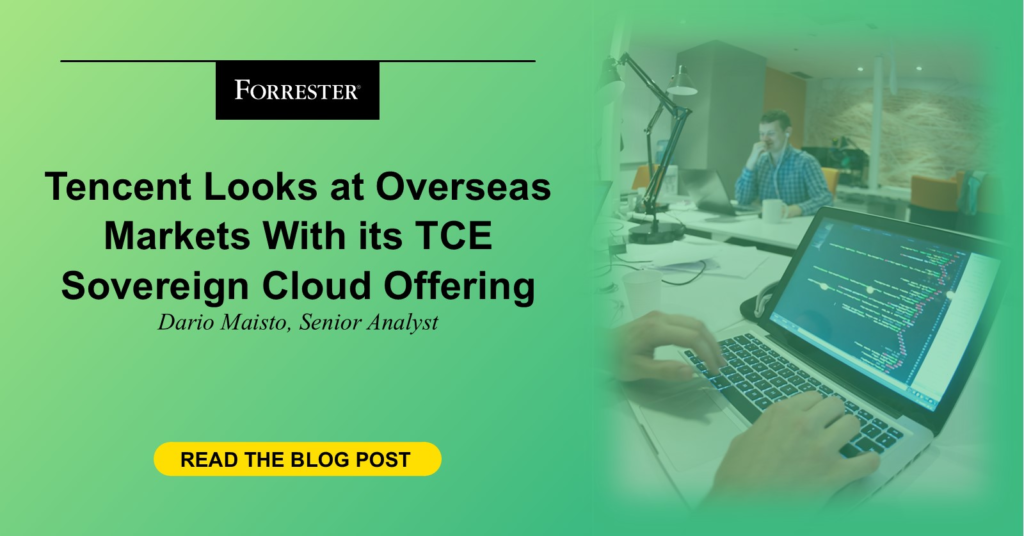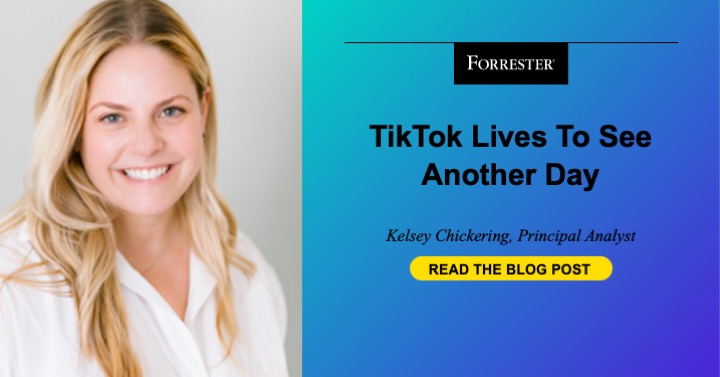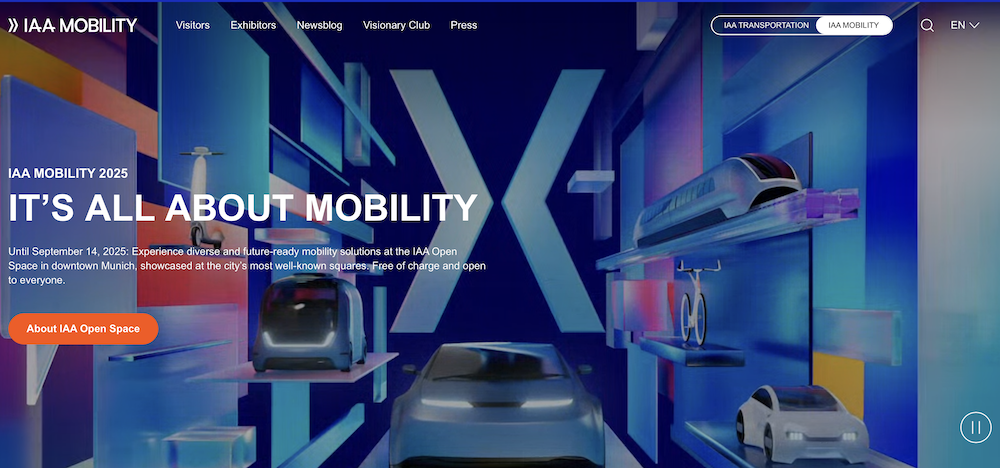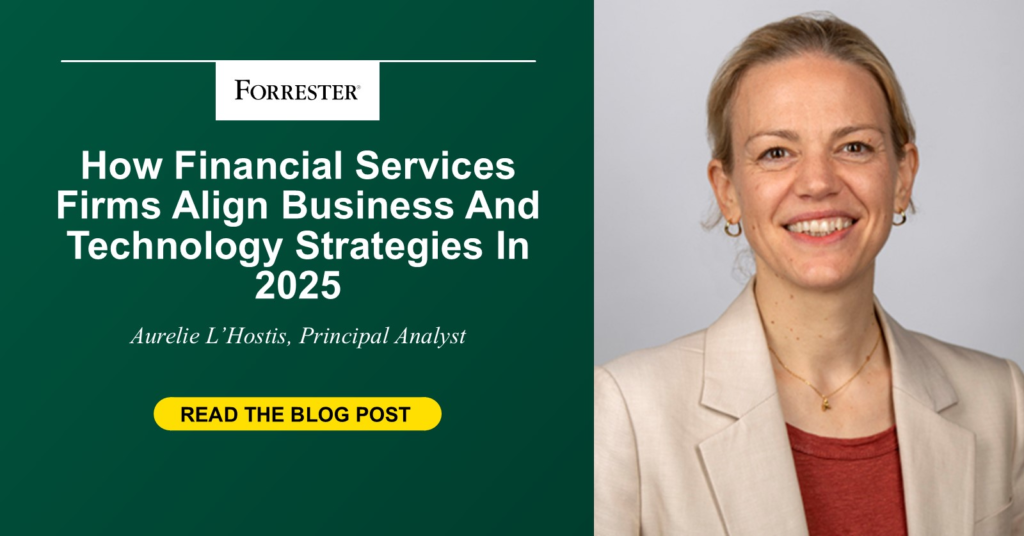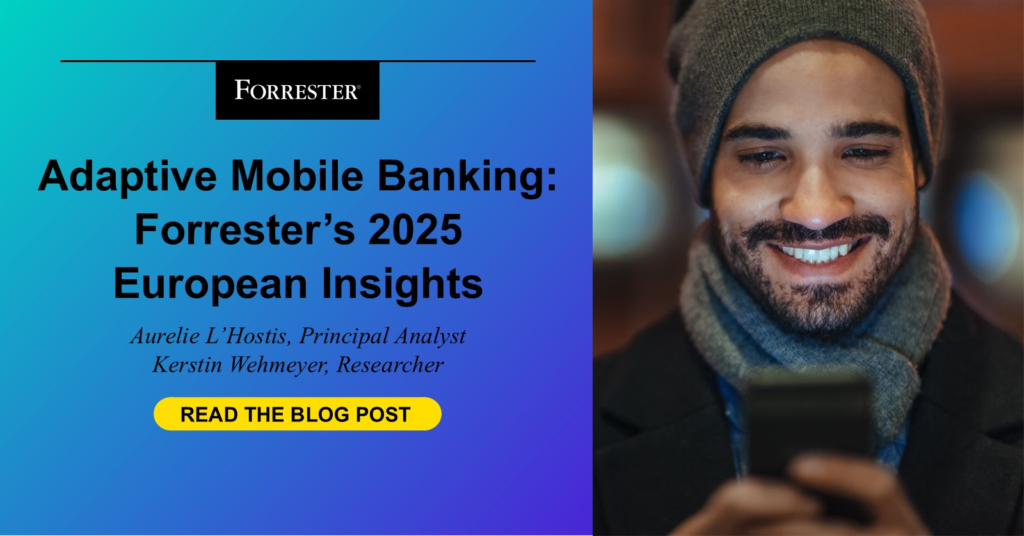Predictions 2026: Environmental Sustainability Enters An Era Of Authenticity
Environmental sustainability is entering a new era for enterprises: Performative messaging is out, and authenticity that will generate recognition is in. Organizations that treated sustainability as a branding exercise will no longer be able to justify their sustainability budgets, as urgent, short-term demands take precedence. Instead, those organizations that root their environmental sustainability efforts into the core values of the organization and do the work to tie these efforts to efficiency gains and profits will grow their budget and differentiate their organization. Savvy sustainability leaders know that they must demonstrate measurable returns on investment and credibly report a decrease on climate impact, show increased operational resilience, and decrease material risk for the organization. This means strengthening internal governance, investing in the right software solutions, performing a materiality assessment to understand material climate risks, and making the right services partnerships. Further, sustainability leaders must make new investments to create a competitive advantage for their organization. For example, organizations that currently are using or preparing to use generative AI as a fundamental offering to their customers require a resilient and scalable IT and energy infrastructure. This is why public-sector business and technology professionals who indicated that strengthening macroeconomic outcomes is a priority for their organization in Forrester’s Priorities Survey, 2025, put investing in green energy at the top of their list of key actions the organization is taking. Against this backdrop, for 2026, Forrester predicts that: Hyperscalers will invest more than $2 billion in small modular nuclear reactors. The IEA projects that global data center electricity demand will more than double by 2030. Utilities are turning to nuclear power as a clean, scalable solution, with a growing interest in deploying small modular reactors (SMRs). By 2026, tech companies will increasingly own and operate nuclear assets within microgrids to meet the power demand. US states and global governments are poised to reverse nuclear bans and invest heavily in new SMR capacity. Firms like TerraPower and Deep Fission will leverage the data center energy demand opportunity. Hyperscalers, including Google, Amazon Web Services, and Microsoft, are the most likely to lead the boom in SMRs, in part to satisfy power-greedy AI use cases. To enable energy resilience and cost efficiencies in data centers, technology leaders must proactively position their organizations to leverage SMRs and microgrid deployments through direct investments or through hyperscale cloud partnerships. Two unicorns will rise in the private weather-monitoring market. Demand for high-resolution insights across climate, agriculture, defense, and finance verticals accelerates the need for global satellite data services. At the same time, rising climate risk, insurance needs, and disaster response fuel the need for private climate monitoring. Falling launch costs and innovation in small satellites lower barriers to entry. Companies like Tomorrow.io, ICEYE, Planet Labs, and Aistech Space are rapidly expanding proprietary constellations. In sectors exposed to weather risk, early adopters gain advantages, such as optimizing logistics, incorporating weather data into products and services, and managing insurance premiums. In 2026, sustainability leaders can gain a competitive edge by leveraging weather data, not only for resilience efforts but also for use cases such as supply chain management and energy planning. Three Fortune 1000 companies will be exposed for erroneous sustainability reporting. Despite growing investments in sustainability management software, most companies still rely on fragmented spreadsheets, manual inputs, and opaque supplier estimates to populate their sustainability reports. This patchwork approach leaves critical data — especially scope 3 emissions — vulnerable to inconsistencies, gaps, and unverifiable claims. Few organizations have implemented formal data governance frameworks tailored to sustainability, such as defined ownership models, lineage tracking, or controls for data validation and versioning. As third-party assurance and regulatory audits become more rigorous, the absence of structured governance will increasingly be seen as a material weakness. By 2026, scrutiny will shift from reported outcomes to the integrity of the underlying data processes. Sustainability leaders must invest in robust governance to avoid compliance failures and reputational damage. Forrester clients can read our full Predictions 2026: Environmental Sustainability report to get more detail about each of these predictions, plus two more bonus predictions. Set up a Forrester guidance session to discuss these predictions or plan out your 2026 environmental sustainability strategy. If you aren’t yet a client, you can sign up to get notified when our complimentary Predictions guides will be available, covering more of our top predictions for 2026. source
Predictions 2026: Environmental Sustainability Enters An Era Of Authenticity Read More »

